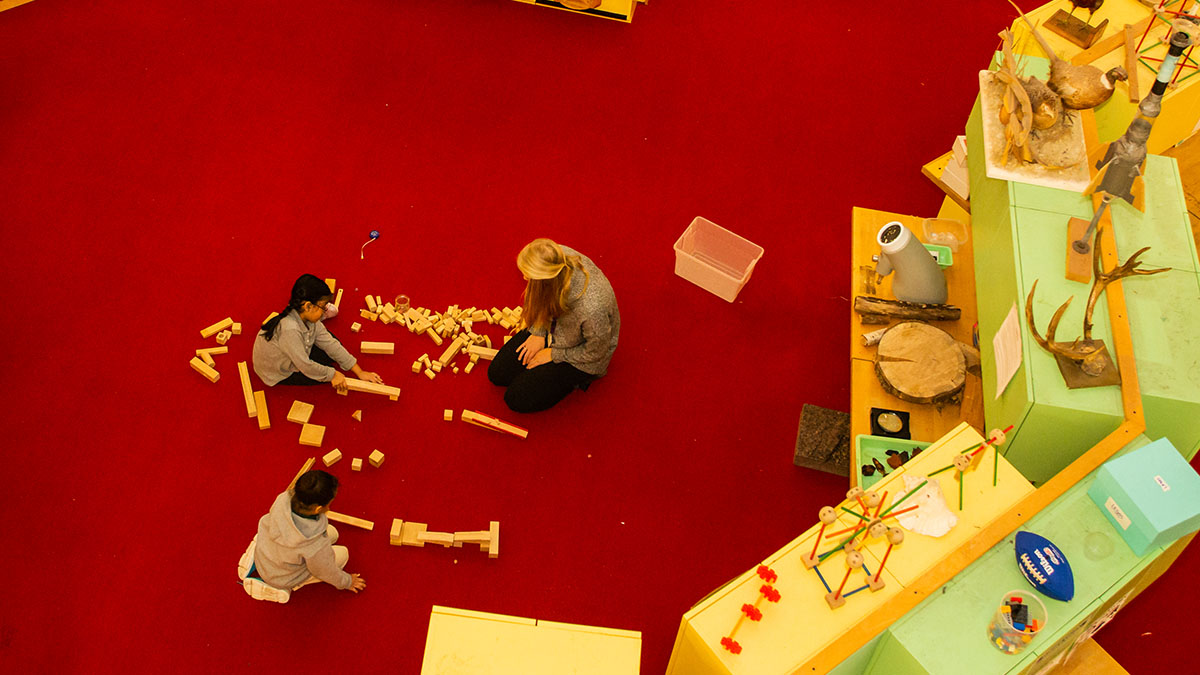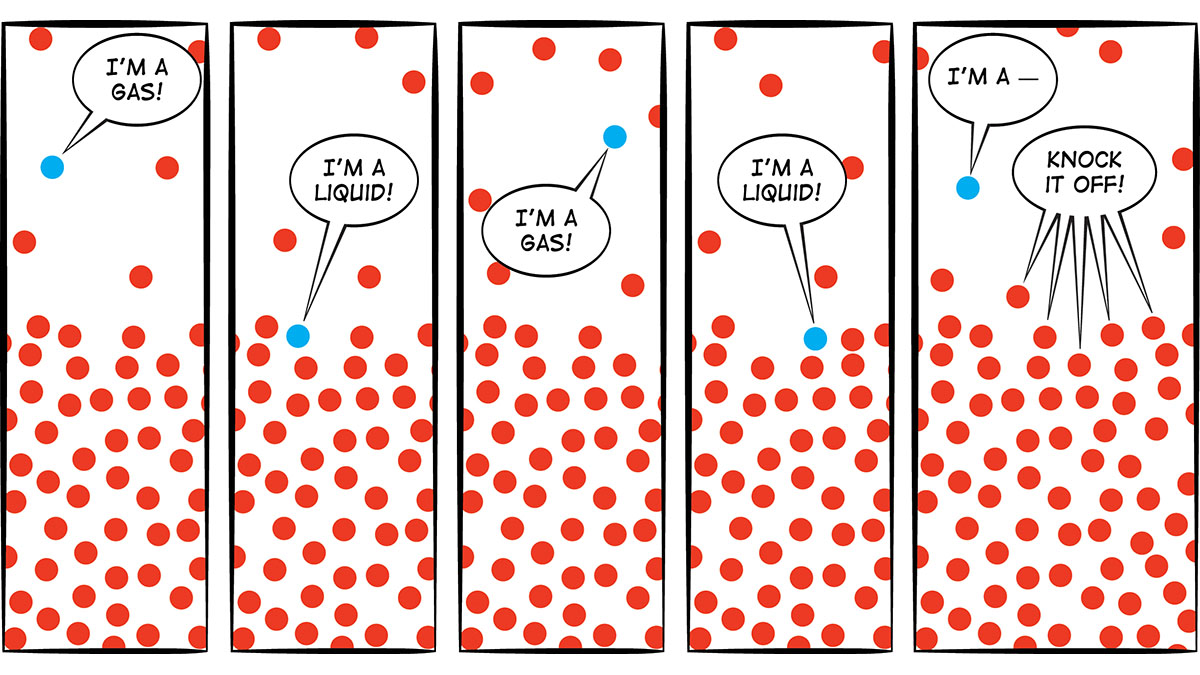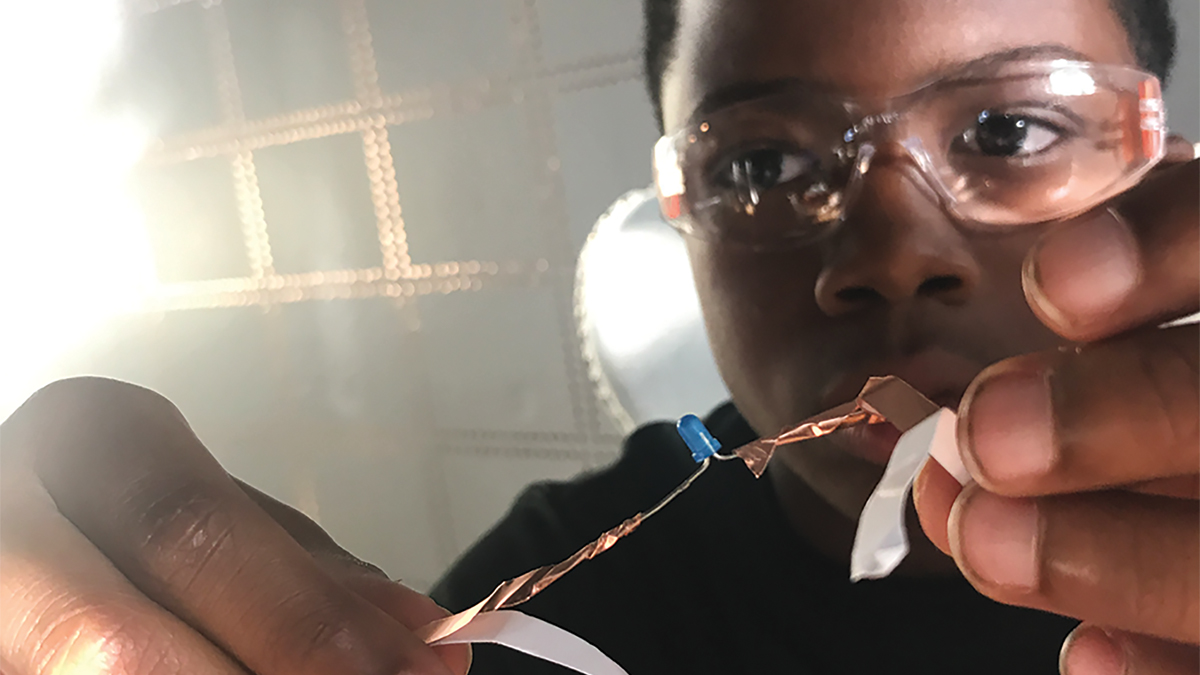Empowering Students With Solar
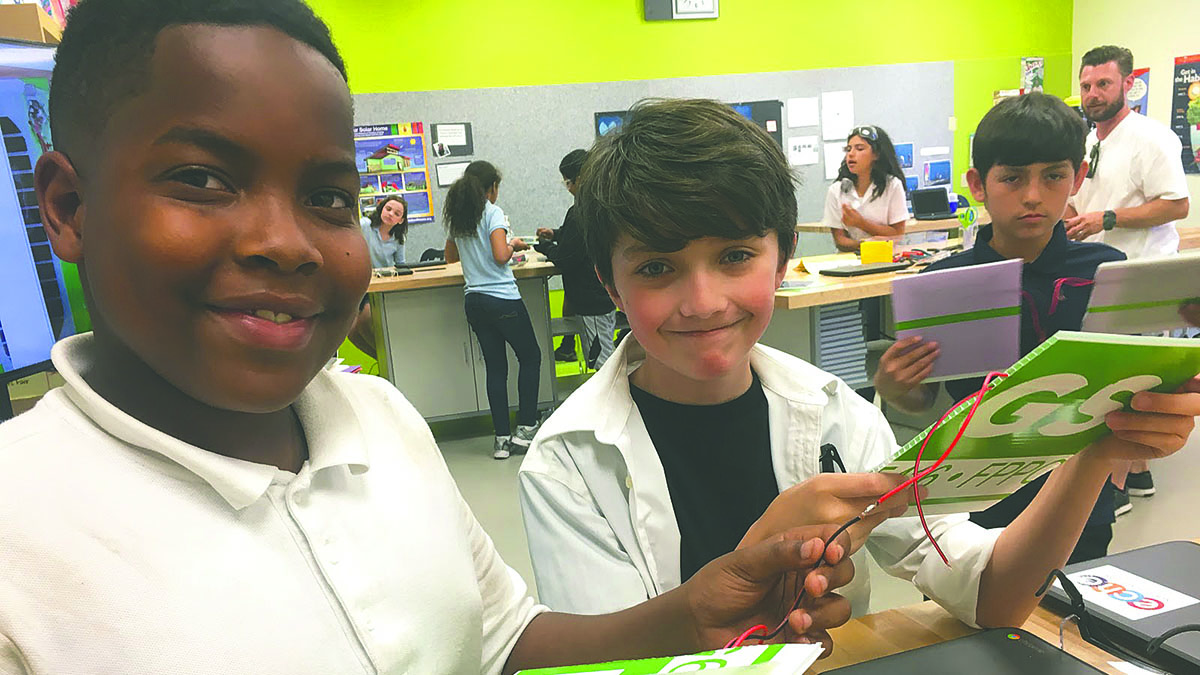
NSTA Reports
Building STEAM With Model Railroads
By Debra Shapiro
Posted on 2020-03-03
Are you a science, technology, engineering, arts, and math (STEAM) teacher seeking a new way to interest students in these subjects? While model railroading is not a new hobby, STEAM teachers can accomplish learning goals while introducing it to a new generation of students.
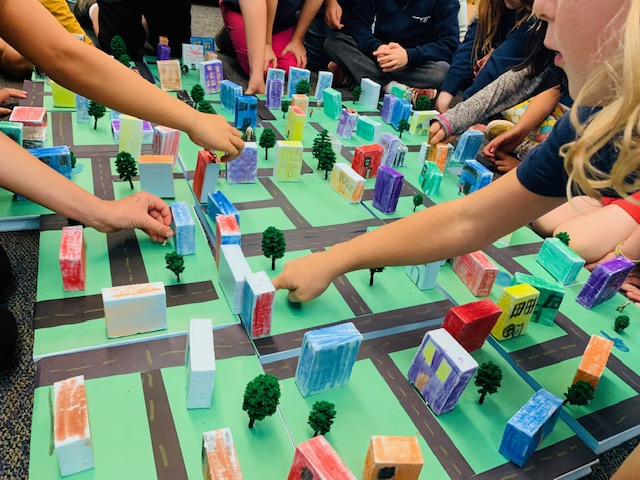
“Over the last 25 years, model railroading has been going through a significant change from relatively simple analog electronics to more complex digital electronics,” says Greg Maas, a member of the Amherst Railway Society in Palmer, Massachusetts. “Now trains can run independently of [one another] because of the microprocessors installed in the locomotives. And those microprocessors have to be programmed and fine-tuned, which brings mathematics into the arena. Digital electronics has added the whole world of sound to model railroading. LED lighting has brought even more realism to the hobby. Wireless communications and internet technology have made it possible to run trains with a smartphone.”
Maas also points to “the shift to building model railroads in sections that conform to track and electrical specifications (modules). Then modules can be combined to form a working model railroad.” Model railroad modules, he contends, “are ideal for high schools and middle schools where space is limited. It is relatively easy to take modules apart and store them in limited space. Yet in building modules, students are learning and using all the model railroad skill sets.”
Many model railroaders believe “it is important to include the A (Arts) in STEM education. Scenery planning, design, and execution [are] an important part of model railroading that often takes a back seat to the technology. It shouldn’t,” Maas maintains.
Julia McMeans, director of education for the San Diego (California) Model Railroad Museum, has developed preK–8 STEAM programs for the museum. As a former elementary and middle school teacher and K–12 curriculum writer, McMeans notes that while model railroading is not part of content standards, it has “meaningful connections with content standards,” the Common Core and the Next Generation Science Standards. She says her programs “are designed to support and enrich and extend what teachers are doing in school,” providing “standards-aligned experiences for students” that many teachers can’t do because of a lack of time and resources.
In the Working With Scale program, for example, students in grades 6–8 build scale models “to address the math that rail modelers would use,” McMeans explains. Students measure their scale models “and use math to scale real-life objects up and down. For example, we scale the Statue of Liberty down to a factor of 1:15. They can see the real-world implications of how scale would be used,” she asserts.
Students in grades 3–8 in The Able Arch and the Trusty Truss program learn about the physical science and history of arch and truss bridges and what makes arches and triangles so strong, “why those shapes are attractive to civil engineers,” McMeans relates. K–2 students in Communities Then and Now: Making a 3-D Model explore model train layouts of the past and present to learn about science topics like friction, the shape and stability of structures, and properties of matter, along with social studies and history. “They build an actual 3-D model of their community,” she notes.
The museum has free resources at http://bit.ly/2HkNtmM that teachers can use in conjunction with a museum visit or as a supplement in their classrooms.
More Curriculum Connections
Stacey Walthers Naffah, president of Milwaukee, Wisconsin, model railroad supply company Walthers, suggests other STEAM topics students can learn through model railroading. “Electrical currents make trains move, something that kids can actually see. Speed can regulate movement in a miniature world just as it can in the real world,” and students can control it “through a digital controller…People can run their railroad like a real one. Wiring a layout for operations helps to create a truly great model railroad.”
Model railroading teaches students about how things work, such as gears in a locomotive or steam engines versus diesel engines. “Students can see things in miniature and take things apart to see how they work,” says Walthers Naffah.
To make a scene look realistic, knowledge of depth of field is required. “It gives the illusion you can see far off in the distance because you don’t have unlimited space [in a train layout],” Walthers Naffah relates.
Students also learn about city planning. “Discovery World [Science and Technology Center in Milwaukee] developed a curriculum for a summer camp called Design Your City…In one week, kids designed and created a small city,” as model railroaders do for their layouts, Walthers Naffah reports. Creating scenery brings in art, “which is a very valuable skill,” she asserts, and the teamwork and collaboration the children experienced while working on the city helped develop those soft skills.
In addition, students learn about “the economics of our country and how railroads are a part of it, moving people across the country and moving food and other goods. There’s a lot to learn about how things are moved around, and the importance of railroads in connecting our country,” Walthers Naffah contends.
She suggests teachers visit the World’s Greatest Hobby website, which features free resources on model train basics.
Blaine Holbrook, treasurer of the Salt Lake City Northern Utah Division and Rocky Mountain Region Director of the National Model Railroad Association, runs the Pizza Box Model Railroad Group for children and their families. “We give kids extruded foam and a track, and they can use their imagination and build” a train layout with scenery, he explains. “It’s a wonderful family activity.”
One STEM-related thing children learn is “we had to start cooperating with nature. You don’t put tunnels on steep inclines due to erosion, [for example]…Conservation, where to plant trees, how mountains are formed can all be incorporated into the build,” he contends.
“How much track do you need? [That brings in] math, circumference,” Holbrook notes. The extruded foam that children work with “lasts a long time and can be reused and recycled easily,” which offers a lesson on the environment.
At group events or during Holbrook’s school visits, children can learn skills like 3-D printing, airbrush painting, design, and planning. Creating scenery allows children to learn about shapes, carving and soldering (with adult supervision), and painting, among other skills. “Building is how students get creative and think,” Holbrook maintains.
This article originally appeared in the March 2020 issue of NSTA Reports, the member newspaper of the National Science Teachers Association. Each month, NSTA members receive NSTA Reports, featuring news on science education, the association, and more. Not a member? Learn how NSTA can help you become the best science teacher you can be.
Are you a science, technology, engineering, arts, and math (STEAM) teacher seeking a new way to interest students in these subjects? While model railroading is not a new hobby, STEAM teachers can accomplish learning goals while introducing it to a new generation of students.
Teaching Teachers
The Geometry of Buildings
A module for preservice teachers makes STEAM more accessible
Science and Children—February 2020 (Volume 57, Issue 6)
By Lauren Angelone

“Before completing this module, I had assumed that STEAM education was much more high-tech than it actually is. With this assumption in mind, I thought it would be difficult to bring STEAM into my Early Childhood Classroom. However, I now see how any STEAM lesson can be adapted to integrate technology for any age of learners. I now value STEAM more than I initially did.” – Preservice Teacher
“Before completing this module, I had assumed that STEAM education was much more high-tech than it actually is. With this assumption in mind, I thought it would be difficult to bring STEAM into my Early Childhood Classroom. However, I now see how any STEAM lesson can be adapted to integrate technology for any age of learners. I now value STEAM more than I initially did.” – Preservice Teacher
“Before completing this module, I had assumed that STEAM education was much more high-tech than it actually is. With this assumption in mind, I thought it would be difficult to bring STEAM into my Early Childhood Classroom. However, I now see how any STEAM lesson can be adapted to integrate technology for any age of learners. I now value STEAM more than I initially did.” – Preservice Teacher
An Expanded Observe-Wonder-Learn
Moving Observe-Wonder-Learn From Assessing Prior Knowledge Into a Unit-planning Tool
Engineering Encounters
The Sixth E
Incorporating engineering into a 5E learning cycle on matter
Science and Children—February 2020 (Volume 57, Issue 6)
By William Thornburgh, Justin McFadden, and Brian Robinson

Science 101
Q: What’s the difference between evaporation and boiling?
In Flight With Paper Airplanes
An exploration with elementary engineering
Science and Children—February 2020 (Volume 57, Issue 6)
By Laura Katchmark, Elisabeth McCabe, Kristen Matthews, and Michele Koomen
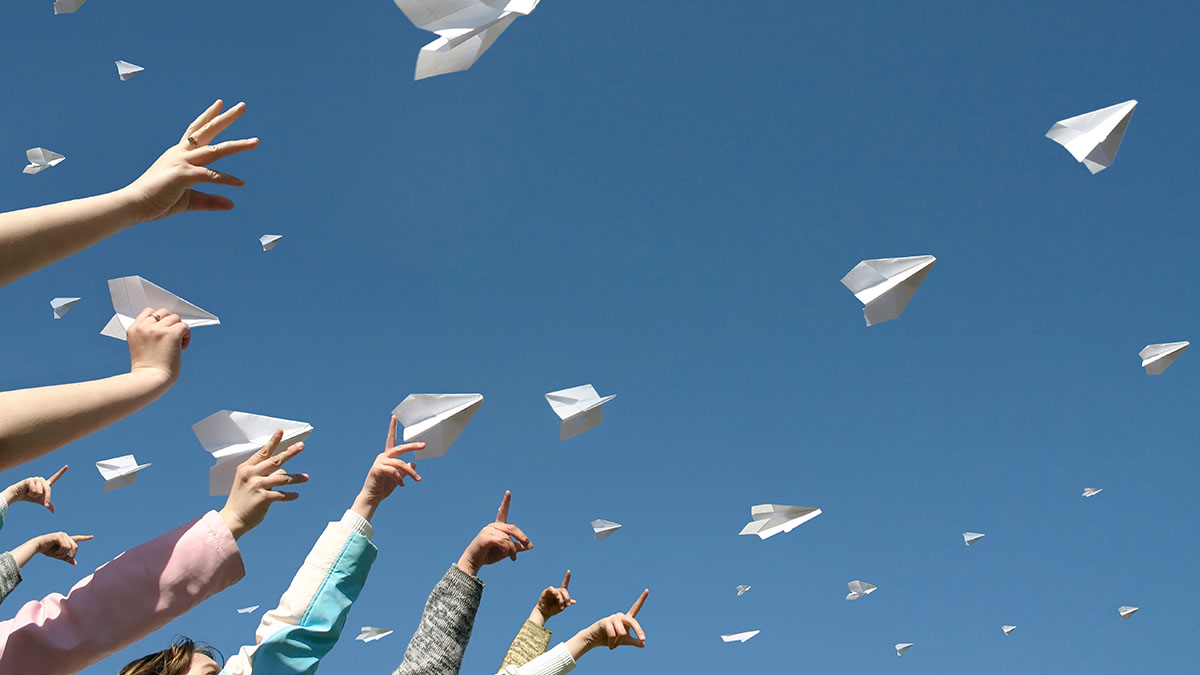
Robots and Reading
Trade books and circuit activities enhance science literacy and energy education.
Making the Most of a Makerspace
A three-pronged approach to integrating a makerspace into an elementary school
Science and Children—February 2020 (Volume 57, Issue 6)
By Rob Rouse, Katie Krummeck, and Olivia Uribe
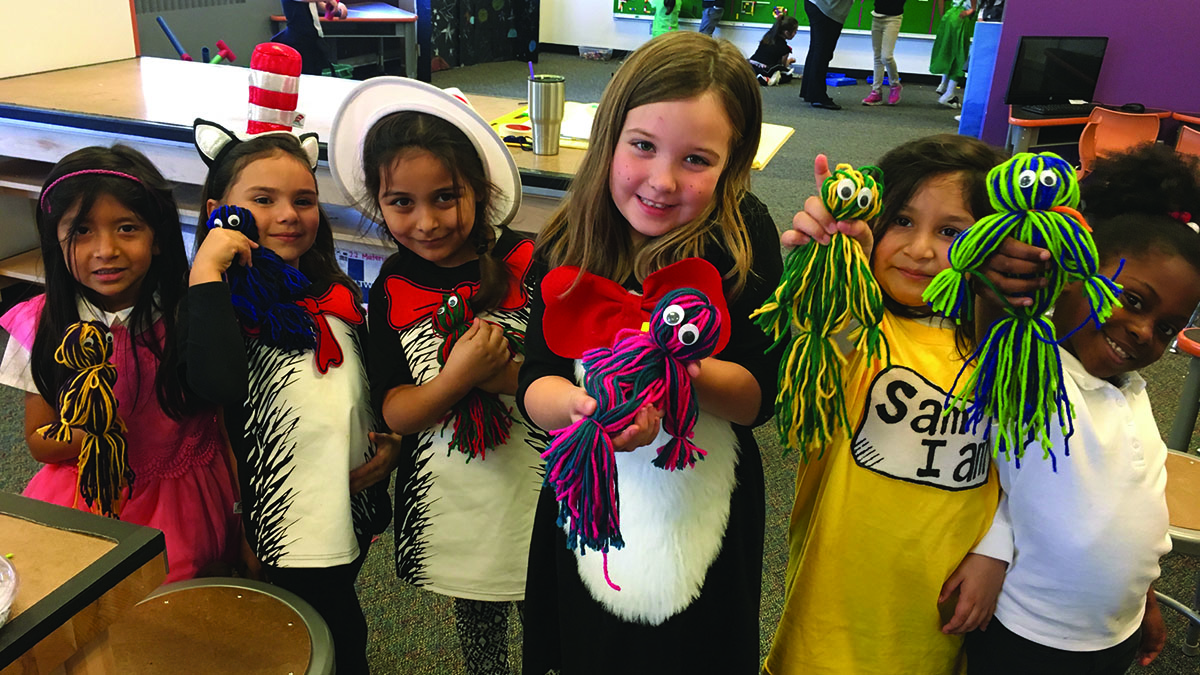
Inquiry Zones
Pathways to the science and engineering practices
Science and Children—February 2020 (Volume 57, Issue 6)
By Bill Lindquist, Bryna Wiens, Robyn Char, Leah Mark, and Joshua Baumgartner
